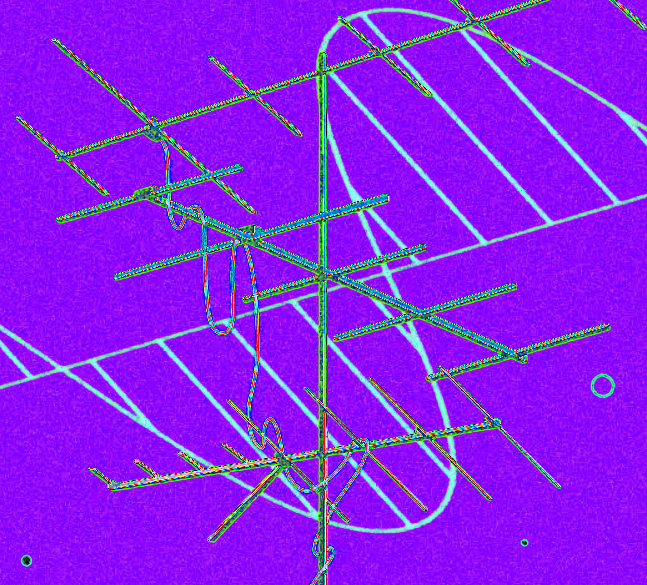Happy accident solves old issue
 A mishap during an experiment has cracked a 58-year-old quantum physics puzzle.
A mishap during an experiment has cracked a 58-year-old quantum physics puzzle.
In a study published in Nature, a team of engineers at UNSW Sydney has done what a celebrated scientist first suggested in 1961 was possible, but has eluded everyone since: controlling the nucleus of a single atom using only electric fields.
“This discovery means that we now have a pathway to build quantum computers using single-atom spins without the need for any oscillating magnetic field for their operation,” says UNSW’s Scientia Professor of Quantum Engineering Andrea Morello.
“Moreover, we can use these nuclei as exquisitely precise sensors of electric and magnetic fields, or to answer fundamental questions in quantum science.”
The discovery could mean big things for nuclear magnetic resonance - a widely used technique in fields including medicine, chemistry, and mining.
“Nuclear Magnetic Resonance is one of the most widespread techniques in modern physics, chemistry, and even medicine or mining,” Dr Morello said.
“Doctors use it to see inside a patient’s body in great detail while mining companies use it to analyse rock samples. This all works extremely well, but for certain applications, the need to use magnetic fields to control and detect the nuclei can be a disadvantage.”
Dr Morello says that a billiard table provides a good metaphor for the difference between controlling nuclear spins with magnetic and electric fields.
“Performing magnetic resonance is like trying to move a particular ball on a billiard table by lifting and shaking the whole table,” he said.
“We'll move the intended ball, but we'll also move all the others.
“The breakthrough of electric resonance is like being handed an actual billiards stick to hit the ball exactly where you want it.”
Amazingly, Dr Morello was completely unaware that his team had cracked a longstanding problem in finding a way to control nuclear spins with electric fields, first suggested in 1961 by a pioneer of magnetic resonance and Nobel Laureate, Nicolaas Bloembergen.
“I have worked on spin resonance for 20 years of my life, but honestly, I had never heard of this idea of nuclear electric resonance,” Dr Morello says.
“We ‘rediscovered’ this effect by complete accident – it would never have occurred to me to look for it. The whole field of nuclear electric resonance has been almost dormant for more than half a century, after the first attempts to demonstrate it proved too challenging.”
His team originally set out to perform nuclear magnetic resonance on a single atom of antimony – an element that possesses a large nuclear spin.
The original goal was to explore the boundary between the quantum world and the classical world, set by the chaotic behaviour of the nuclear spin. It was purely a curiosity-driven project, with no application in mind.
“However, once we started the experiment, we realised that something was wrong. The nucleus behaved very strangely, refusing to respond at certain frequencies, but showing a strong response at others,” recalls Dr Vincent Mourik, an author on the new paper.
“This puzzled us for a while, until we had a ‘eureka moment’ and realised that we were doing electric resonance instead of magnetic resonance.”
The team was able to fabricate a device containing an antimony atom and a special antenna, optimised to create a high-frequency magnetic field to control the nucleus of the atom.
The experiment demands this magnetic field to be quite strong, so the team applied a lot of power to the antenna, and blew it up.
“Normally, with smaller nuclei like phosphorus, when you blow up the antenna it’s ‘game over’ and you have to throw away the device,” says Dr Mourik.
“But with the antimony nucleus, the experiment continued to work. It turns out that after the damage, the antenna was creating a strong electric field instead of a magnetic field. So we ‘rediscovered’ nuclear electric resonance.”







 Print
Print